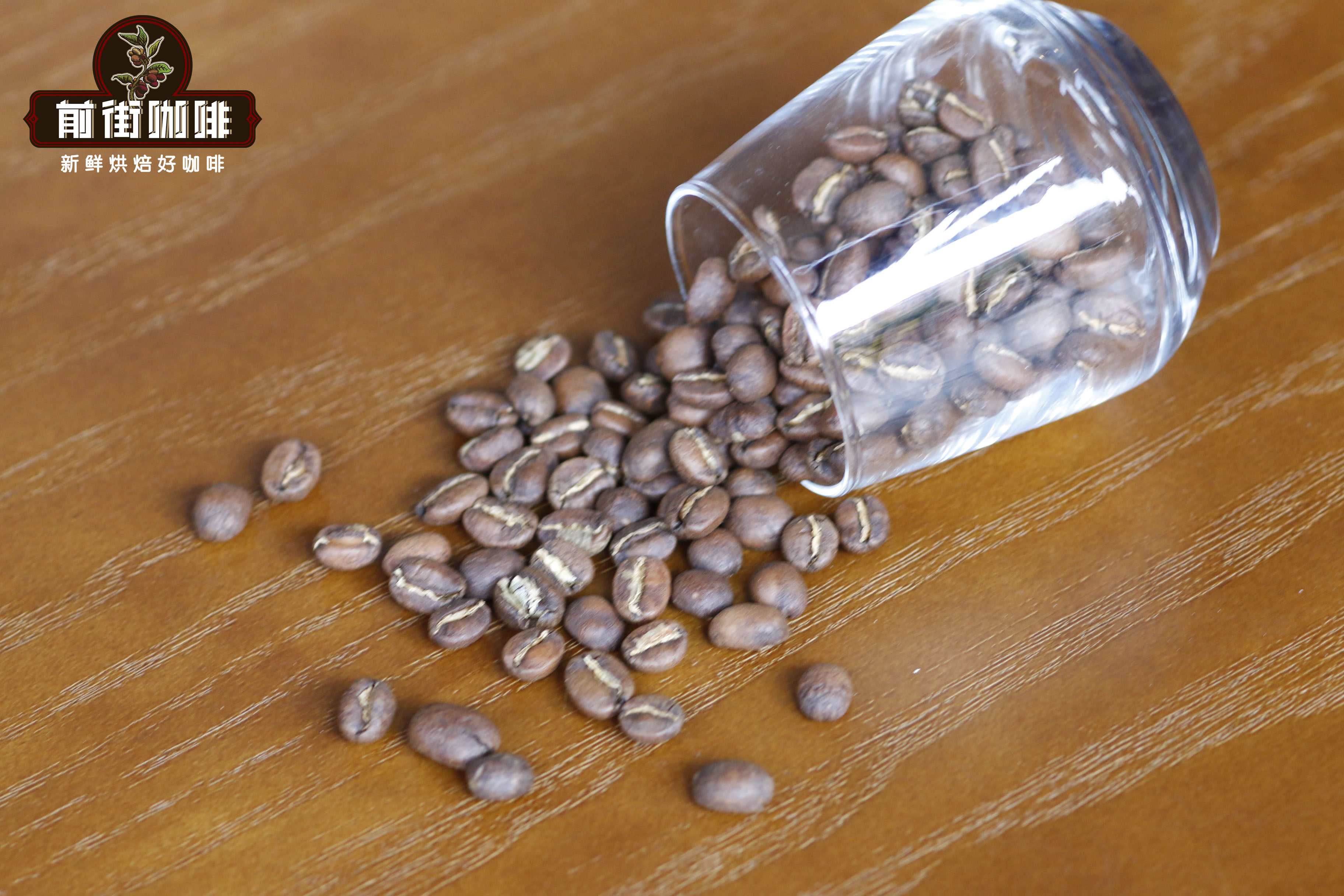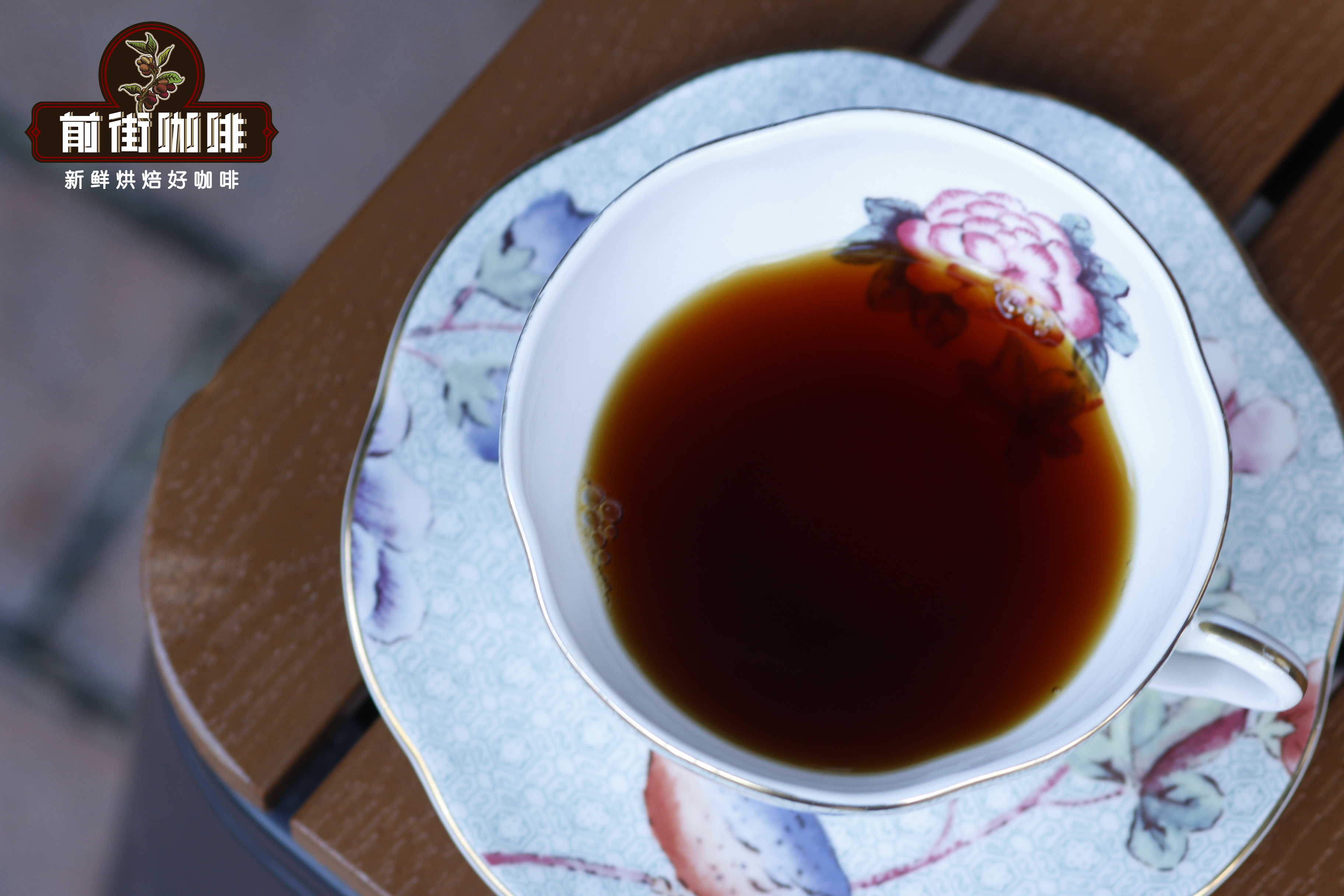How to adjust the sour taste of hand-made coffee? Does coffee taste sour? where does coffee taste sour?
I remember when we were young, the description of coffee revolved around: fragrant and mellow (hidden meaning: coffee is strong and bitter). Due to the lack of baking technology and the poor quality of coffee beans, if it is not paired with milk / sugar, a sip can immediately refresh people, which has made people's understanding of coffee for many years inseparable from bitter words.

With the emergence of the boutique coffee craze, there are more and more varieties of coffee, and the quality of coffee is getting better and better. people gradually realize that lightly roasted coffee beans can show more coffee flavor. Shallow roasting does not erase the sour taste of the coffee, which makes many friends say, "Hey, this cup of coffee is so sour!" Shouldn't coffee be bitter?! "
Why does the coffee taste sour?
There are more than 100 acidic compounds in raw coffee beans, among which chlorogenic acid, quinic acid, malic acid, citric acid, acetic acid and lactic acid are the most common.
/ Malic acid & citric acid
Malic acid and citric acid come from the metabolism of coffee trees, and they are not volatile, so they can only be felt when tasting coffee. Does that mean that all coffee beans can taste apple / lemon? Not really. Although it is named with apples and lemons, it is so named because two acidic compounds are abundant in apples / lemons, not because they have apple / lemon flavor.

Although we can't smell these two acids, the presence of the right amount of malic acid or citric acid will bring a bright sour taste to the coffee, and they will combine with the alcohols in the coffee to produce a charming flower and fruit aroma in the mouth. If these acids are excessive, it will make the coffee beans show an irritating acidity / acidity.
/ chlorogenic acid-quinic acid
Chlorogenic acid is the most abundant organic acid in coffee beans, but the presence of chlorogenic acid will only make coffee sour and astringent. Although it is unfriendly to the taste, it has great insect resistance to protect coffee fruit. In general, varieties such as Robusta grow at low altitude and are easy to attract insect pests, so Robusta coffee beans themselves will have a lot of chlorogenic acid, which will hinder the existence of other flavor substances. On the other hand, Arabica coffee beans are grown at high elevations, and the temperature difference between day and night is not prone to insect pests, so they do not need to secrete a lot of chlorogenic acid to protect themselves and make more room for other flavor substances. This is why Arabica coffee beans taste better than Robusta coffee beans.

Quinic acid is formed by the degradation of chlorogenic acid by baking. It is non-volatile and bitter in taste. The presence of an appropriate amount of quinic acid will increase the alcohol thickness of the coffee, and excessive quinic acid will bring bitter taste to the coffee.
/ acetic acid-lactic acid
These two acids are not products of the metabolism of coffee beans themselves, but are derived from third-party treatment. The most common is that acetic acid / lactic acid is produced when coffee beans are fermented by mucus during water washing or by flesh fermentation during sun treatment. when there is too much of these two acids, there will be re-fermentation / spoilage flavor.
Why does coffee taste sour now?
But in the past, it only tasted bitter?
Before boutique coffee became popular, the quality of coffee beans was not particularly stable, so everyone likes to roast coffee beans deep, so that the bad sour substances in raw coffee beans will be completely decomposed with the caramelization reaction. so that the coffee shows a mellow and strong flavor. As people pay more and more attention to coffee, the quality of coffee beans is also improving, and the sour taste of coffee itself is becoming more and more refined, so people now like to use shallow roasting to retain the sour taste of coffee (provided that coffee raw beans have excellent acidity). Provides more layering for coffee.

Of course not, the lighter the roasting, the better the coffee beans will taste! Excessive light baking will make coffee beans do not have enough time to dehydrate during the development period. Generally speaking, coffee beans with delicate sour taste grow at high altitude. the beans are so hard that they do not have enough time to dehydrate, and the coffee beans will form a clamp inside. Sandwiched coffee beans generally show that the sour taste is not round and irritating, while the mouth will feel astringent and grassy taste, just like eating fresh plant roots.
How to adjust the acidity of hand-brewed coffee?
If you want to drink coffee with a milder sour taste, the most essential solution is to choose moderately roasted coffee beans, or Central American coffee beans. African soils are rich in phosphoric acid, which makes coffee beans in the region produce more sour substances.

Of course, it can also be adjusted in the extraction process. The sour substances are first extracted in the whole cooking process, and then the sweet substances are extracted, and the bitter substances are extracted at last. We can also understand that the front and middle stage is an important stage for the release of sour substances. Therefore, if you want the sour taste to be obvious, you can use a three-stage circular injection of water, and turn the powder layer through three segments of water with different water temperatures to release the sour substance more fully; if you want the sour taste to be less obvious, you can use a two-stage circular injection of water. after steaming, the final amount of water can be injected directly, so that the sour taste of coffee will become relatively soft.
Important Notice :
前街咖啡 FrontStreet Coffee has moved to new addredd:
FrontStreet Coffee Address: 315,Donghua East Road,GuangZhou
Tel:020 38364473
- Prev

How to open a coffee shop? can you open a coffee shop? can you open a coffee shop?
The statistics that 90% of restaurants (including cafes, cafes and the like) fail in their first year of operation is a common myth. In fact, according to a study by researchers at the University of California, Berkeley, this figure may be closer to 17% (2% better than other service industries) and 20% live to their 15th year, which for fledgling entrepreneurs
- Next

New situation of epidemic situation in Vietnam production of Robota in Vietnam has declined, and coffee prices have risen by 2022.
Coffee prices remain high until 2022, US Consumer News and Business Channel (CNBC) reported on September 15th that Vietnam's blockade due to the severe epidemic of COVID-19 may keep coffee prices relatively high until 2022. On Sept. 13, Vietnamese authorities announced that Vietnam's commercial center and Ho Chi Minh City, the epicenter of the new COVID-19 epidemic, had extended the blockade for two weeks. And Vietnam, um,
Related
- Beginners will see the "Coffee pull flower" guide!
- What is the difference between ice blog purified milk and ordinary milk coffee?
- Why is the Philippines the largest producer of crops in Liberia?
- For coffee extraction, should the fine powder be retained?
- How does extracted espresso fill pressed powder? How much strength does it take to press the powder?
- How to make jasmine cold extract coffee? Is the jasmine + latte good?
- Will this little toy really make the coffee taste better? How does Lily Drip affect coffee extraction?
- Will the action of slapping the filter cup also affect coffee extraction?
- What's the difference between powder-to-water ratio and powder-to-liquid ratio?
- What is the Ethiopian local species? What does it have to do with Heirloom native species?

